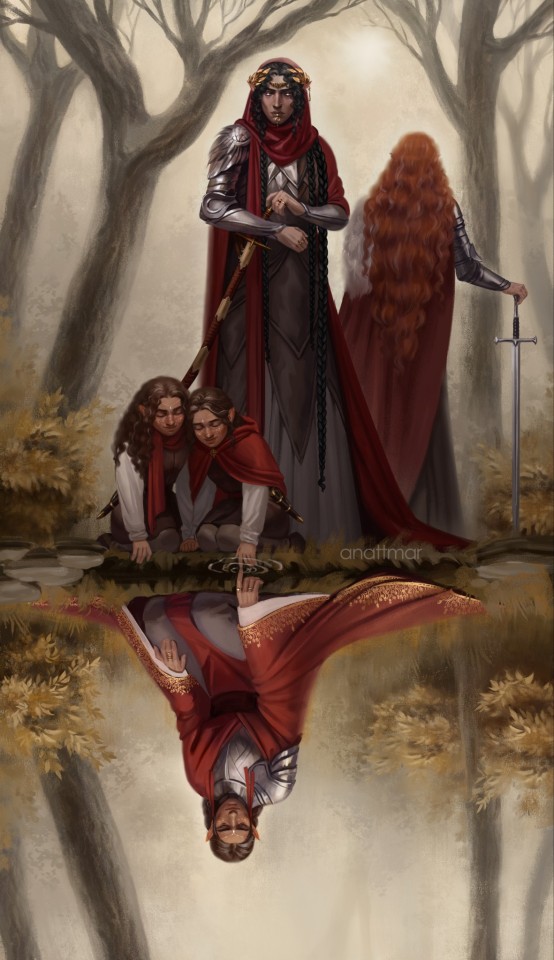Text

🥲for me this is the end of story so I paint this(so much pain(didn't expect this when i started reading
1K notes
·
View notes
Text

Maedhros sketch
(Too many sketches, not enough finished work. Story of my life.)
2K notes
·
View notes
Text




yes, yes, yes finally some Sauron/Mairon stuff. I held back some of that stuff because I'm not super happy with the design. I'll probaby have to to a lot more sketches/drawings until I'm happy.
@perlen-gold @artist-owl asked for it, and @i-gwarth asked for it some time ago
1K notes
·
View notes
Text

I wanted to experiment with rendering, I'll do this more often
YES MAIRON HAS A HOOHAA NO I WON'T ELABORATE
435 notes
·
View notes
Text

Long time no see haha
Have fingon heh (bling bling)
846 notes
·
View notes
Text

This is basically what happened after Jin lan city right
5K notes
·
View notes
Text
Timeline of the First Age – The Silmarillion to the tune of 'We Didn't Start the Fire' by Tim DeMarco (bardofarda)
6K notes
·
View notes
Text


[Welcome to the soldier side,
Where there's no one here but me]
4K notes
·
View notes
Text
Imagine being literal Satan and then you hire this little twink to work for you and suddenly you get bossed around in your own fortress and permanently shamed for your utter lack of organization skills
669 notes
·
View notes
Text
I love how the fandom has given shape to Maedhros. He is sometimes gentle, sometimes feral, he is terrifying but beautiful, he is a war general and a politician, he is an elder brother, stern and kind, in some versions he loves Fingon, he loves Elrond, he regrets his deeds and hates his legacy, in others he longs for his parents' forgiveness, he is Fingolfin's friend or rival, he is witty, he is pensive, he is angry and he is desperate, he is hopeful but not for himself, he is proud and he is self-loathing, he feels crushed by responsibility but he grows into his role.
I love reading about him because the fandom makes him so interesting and complex and relatable.
Sometimes I read a fanfic and I'm awed, wishing that I could write a version of Maedhros that lives up to all of this. There are some incredibly talented writers in this fandom and I'm forever grateful.
628 notes
·
View notes







